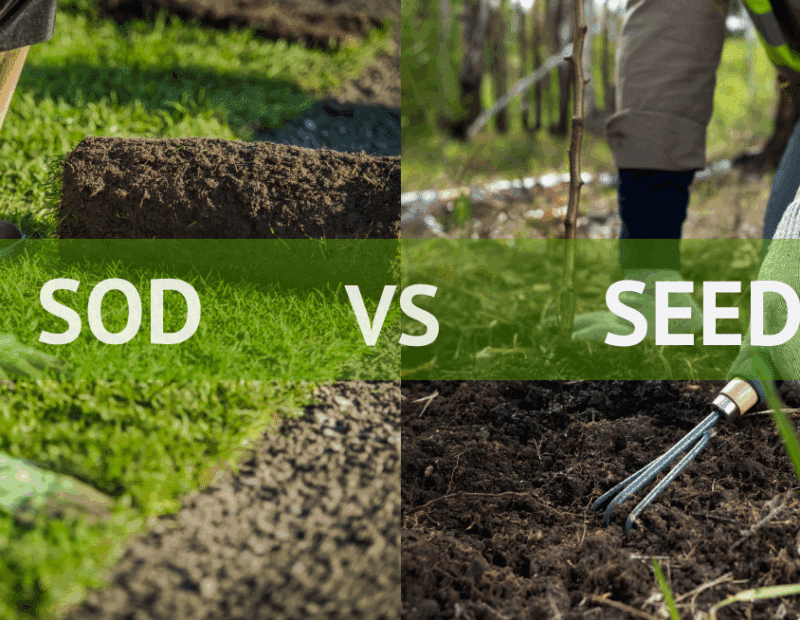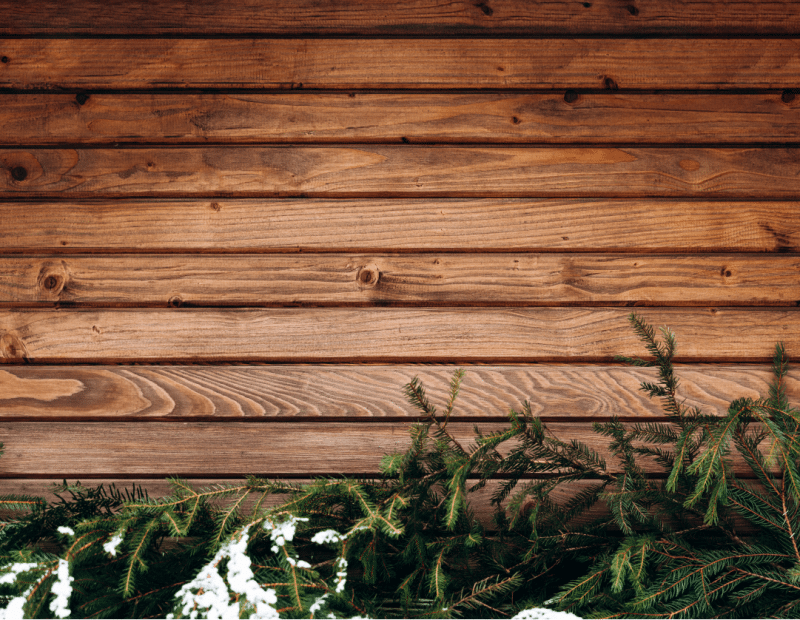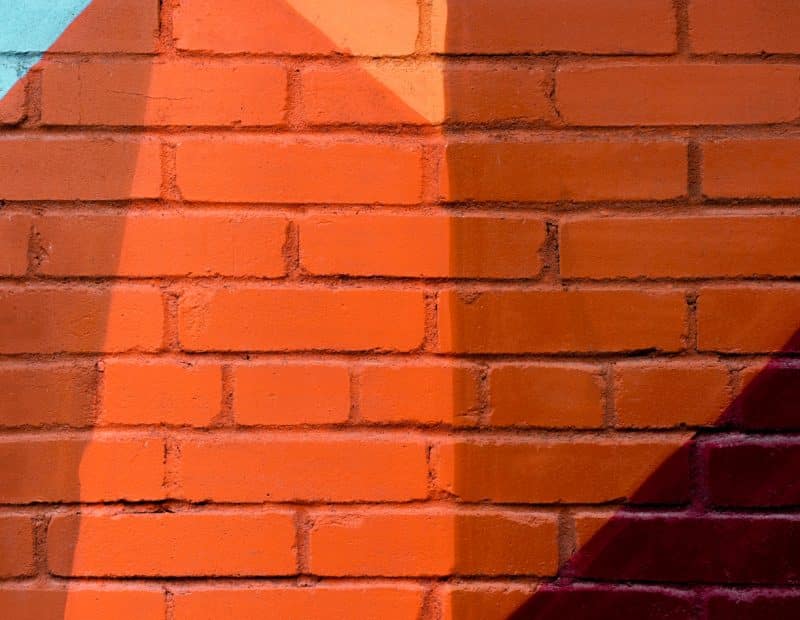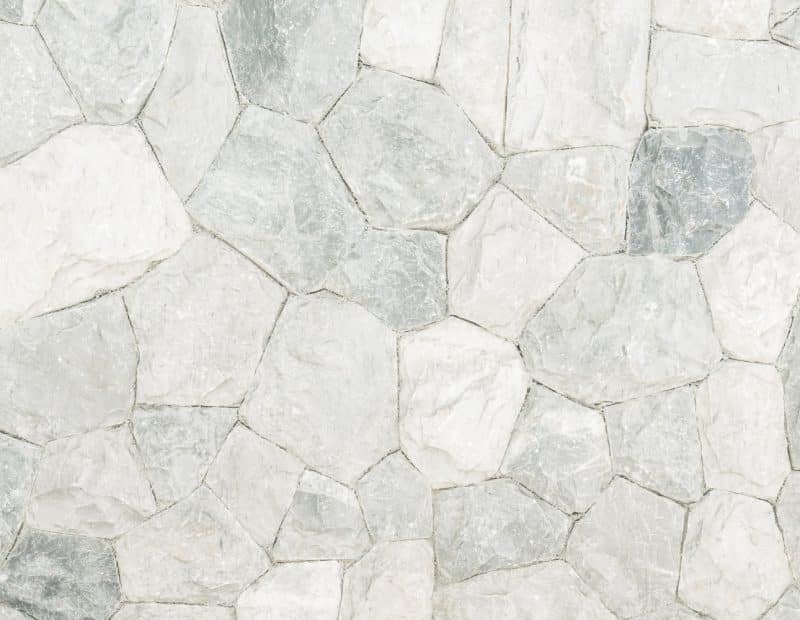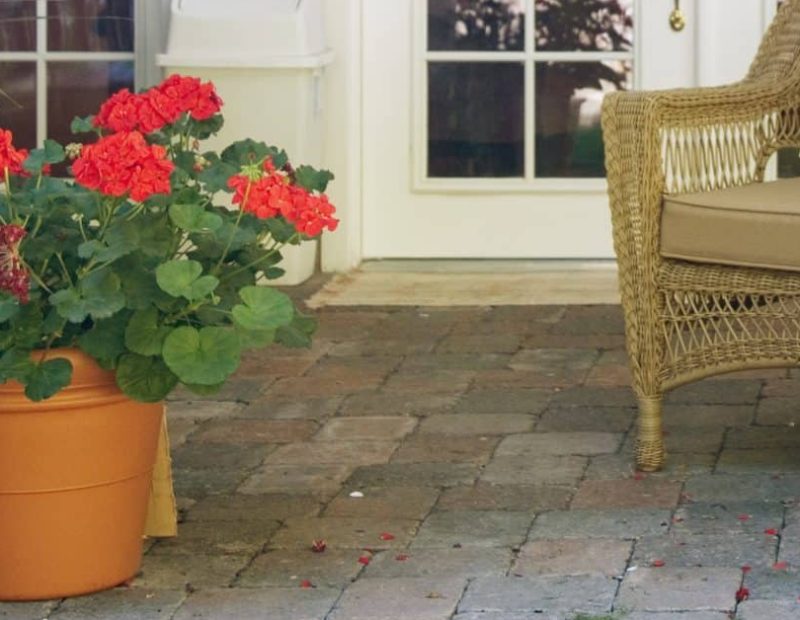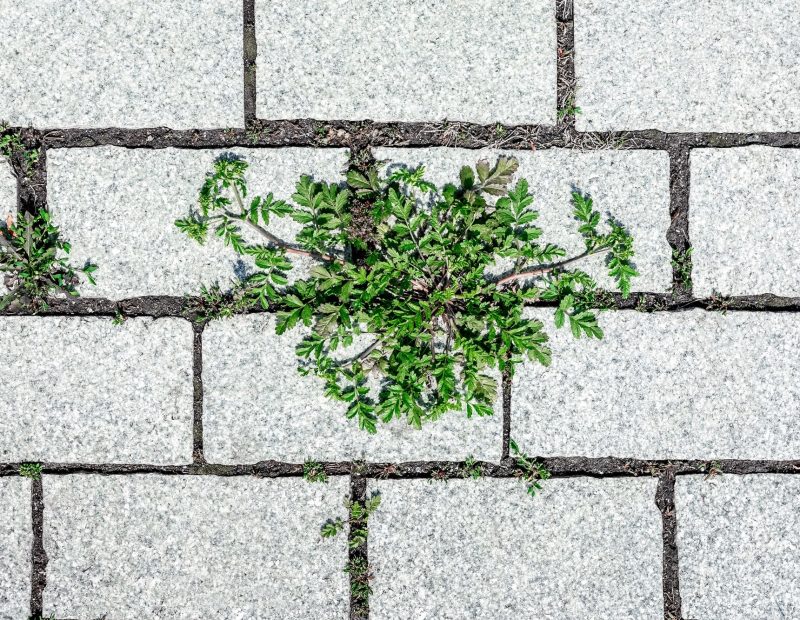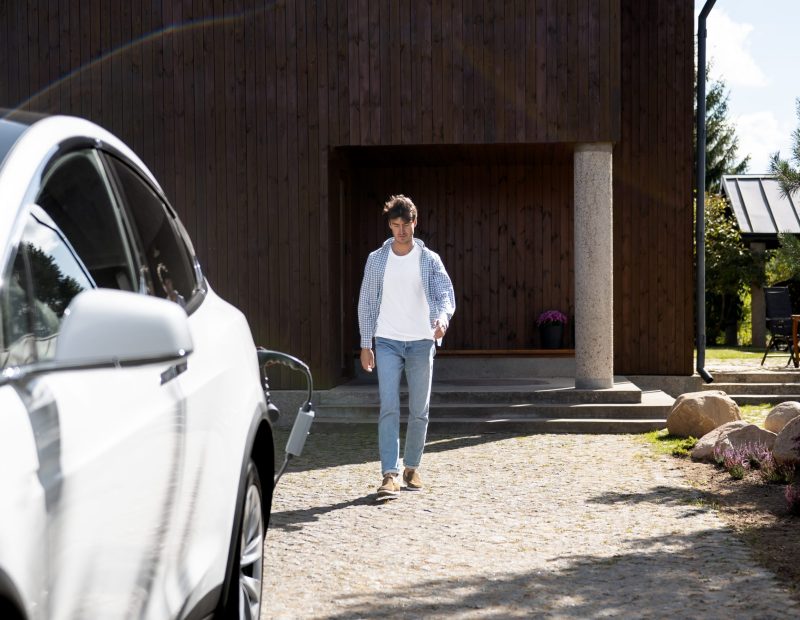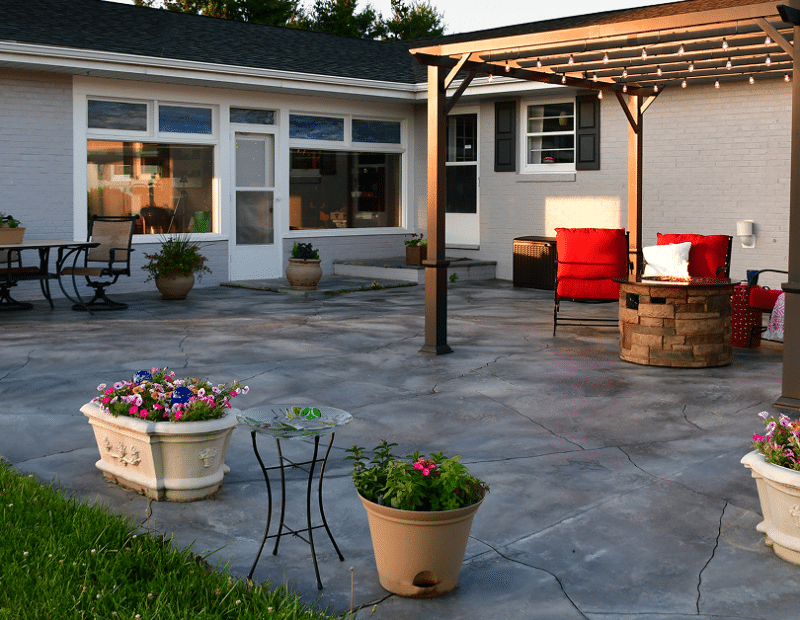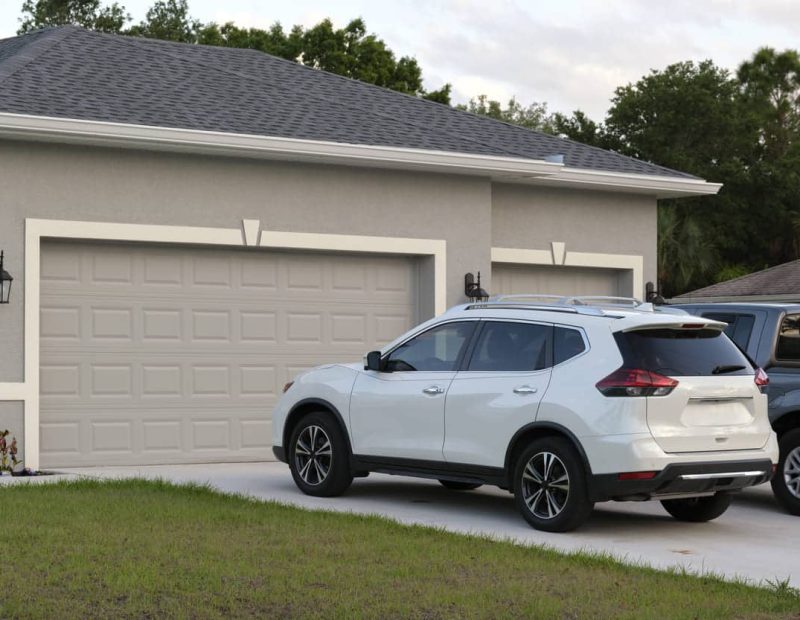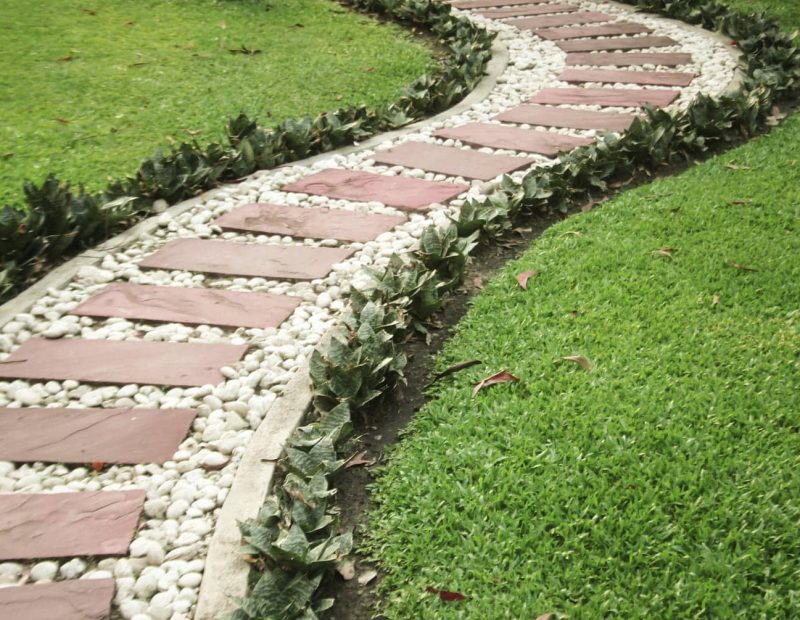Why is Architectural Concrete a Game-Changer in Your Interlocking Project?

What do you think of when you hear the word “concrete”? Probably a dull grey slab — durable but boring, right? Today’s interlocking solutions, though, present this material in a new light, offering architectural concrete — a blend of durability, beauty and functionality. From smooth finishes to textured touches, it can transform your outdoor interlocking space into a stunning and long-lasting piece of paradise.
Contents
What is Architectural Concrete?
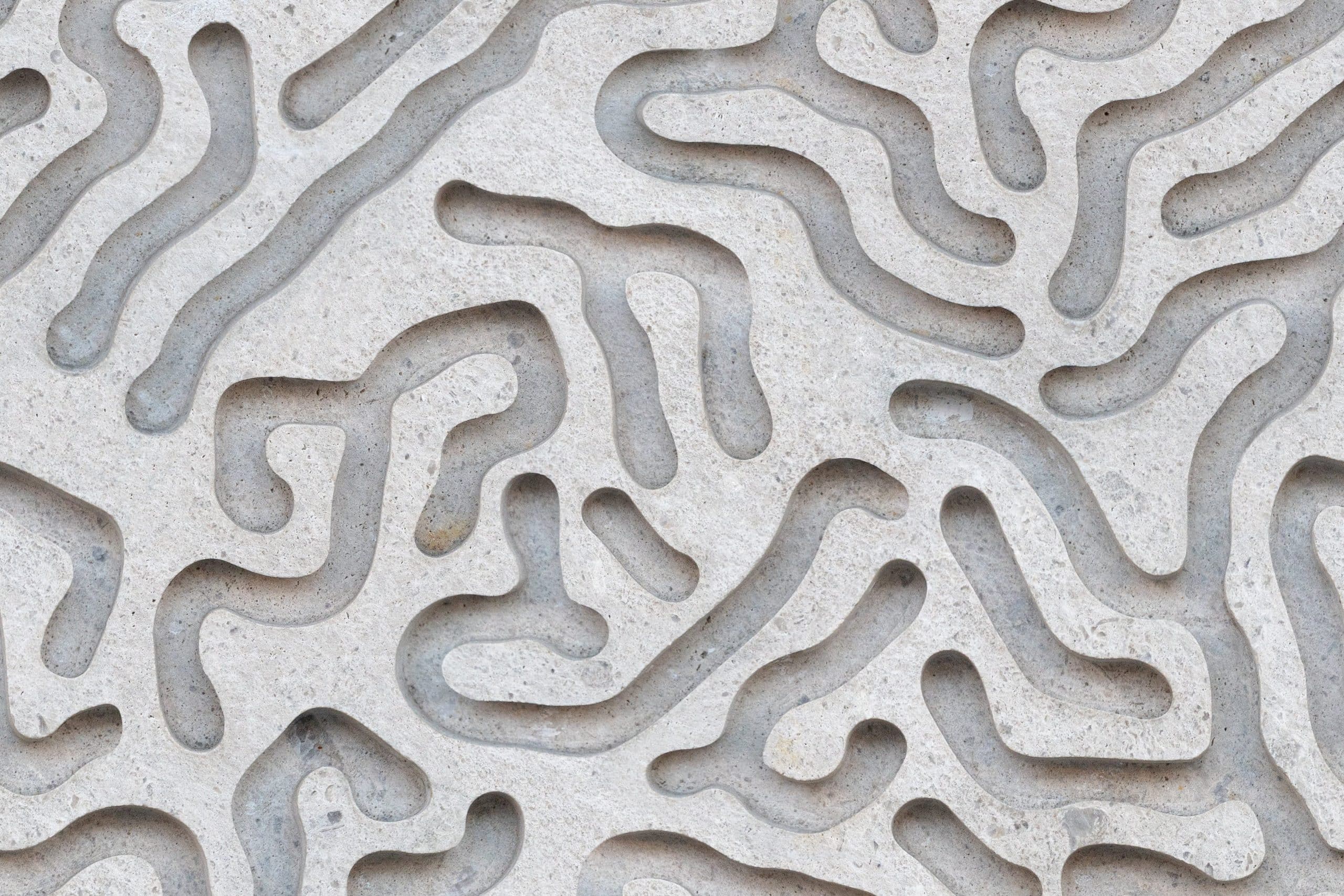
Architectural concrete is a form of concrete that expands the limited functions of decorative concrete, while retaining the practical properties of traditional concrete. It consists of four basic components: water (14-21%), aggregate (gravel, rock, sand — 60-75%), cement (a limestone binder — 7-15%), and air (up to 8%).
For homeowners seeking to create a beautiful and functional outdoor interlocking space, architectural concrete is a perfect choice. Whether you’re looking to create a patio, walkway, or driveway, this material will help you achieve a luxurious and long-lasting result. Its perfect combination of practicality and visual appeal makes it an indispensable material in modern landscape design.
Architectural concrete benefits
Concrete has been a practical solution in many areas for centuries. But what makes its use in interlocking projects special? Designers assure that architectural concrete is the go-to option as it is:
- Aesthetically appealing and flexible (its malleability allows it to be formed into a wide variety of coatings, shapes, textures and sizes to create unique and eye-catching interlocking elements);
- Durable (concrete pavements stand the test of time and remain highly resistant to weathering and deterioration);
- Low-maintenance (you don’t have to worry about rotting or rusting like you would with wood or metal structures; concrete literally requires little maintenance due to its durability);
- Cost-effective (although the initial cost of architectural concrete may be higher than some other materials, the long-term benefits will save you money);
- Resistant to mechanical damage (architectural concrete is an excellent choice for high traffic areas due to its impact or abrasion resistance).
The modern multiplicity of shapes and colours in architectural concrete pavers, along with the above advantages, makes the interlocking design possibilities almost limitless. The EcoPro Home Services team will help you bring your boldest ideas to life and make sure your landscape project is done perfectly.
Architectural vs Structural Concrete: What’s the Difference?
Most homeowners may wonder if they need to use architectural concrete for their driveways or patios, or if ordinary concrete (also known as structural concrete) will suffice.
Of course, you can use structural concrete, but to dispel any doubts about your choice, you need to understand the difference between these two forms. Yes, they are similar in purpose but separate in presentation:
| Aspect | Structural Concrete | Architectural Concrete |
| Purpose | Supports weight and structural integrity | Combines strength with aesthetic appeal |
| Visibility | Usually hidden or covered up | Designed to be seen and admired |
| Finish Quality | Basic finish, not prioritized | High-quality surface finish is essential |
| Formwork | Standard formwork | Sealed, tight forms for clean edges |
| Details | Functional placement of ties and joints | Ties and joints are designed for visual clarity |
| Texture & Colour | Rarely a concern | Custom colours, textures, and finishes are prioritized |
| Design Role | Serves engineering function | Becomes a key part of visual design |
In short: structural concrete holds things together. Architectural concrete is designed to bring creative ideas to life. Which one is best suited for your project is up to you, but if you dream of an interlocking masterpiece, the choice is obvious.
Architectural Concrete Types
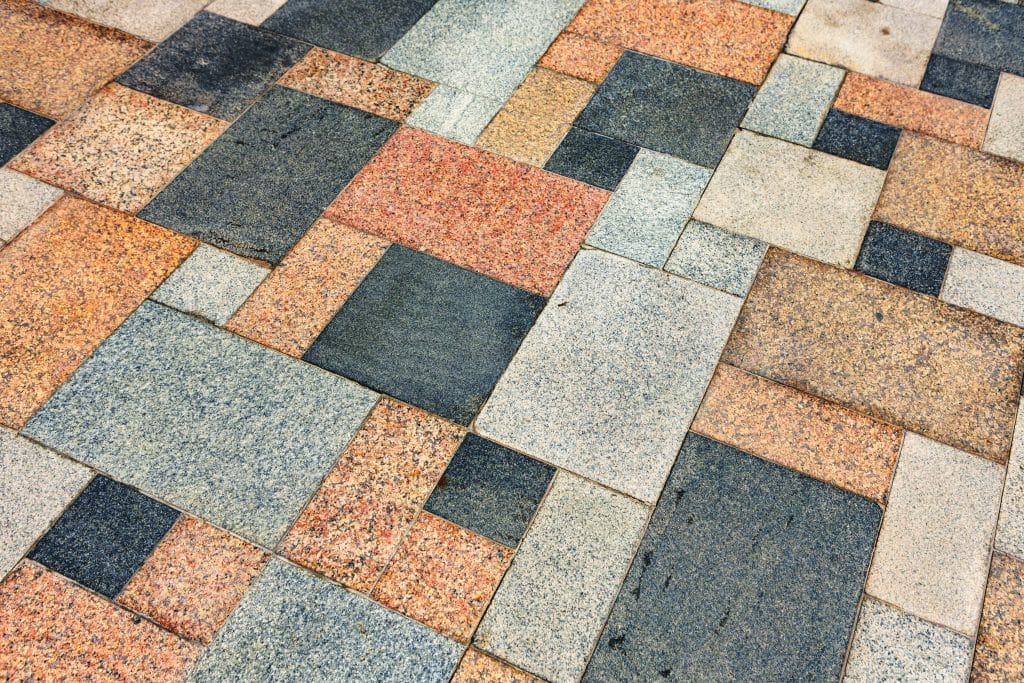
Architectural concrete isn’t one-size-fits-all — it’s a world of textures, tones, and finishes that can completely transform the look of your outdoor space. Each type offers its unique personality. Whether you’re going for modern minimalism or timeless charm, there’s a concrete style to match:
Exposed aggregate concrete
Exposed aggregate is where authentic beauty meets durability. The top layer of cement paste is specially removed to reveal the mosaic of natural stones, gravel and sand hidden beneath.
As a result, you get charming, textured concrete pavers with good grip — ideal for Canadian provinces with long, cold winters. The exposed aggregate can be either mixed into the cement or pressed into the top of the wet concrete.
Stamped concrete
Stamped concrete transforms ordinary concrete surfaces into artistic masterpieces, replicating the look of high-end materials such as brick, slate, flagstone, wood, or tile. This technique involves pressing stamps or formers into freshly poured concrete, creating intricate textures and patterns that are as realistic as possible.
It is a cost-effective way to achieve the elegance of natural stone or hardwood without the maintenance required. With endless design possibilities and rich colour options, stamped concrete adds personality and sophistication to any patio, driveways, and walkways.
Coloured concrete
Coloured concrete, or pigmented concrete, adds vibrant life to standard grey surfaces due to the mineral oxide pigments it contains. This method creates a rich, consistent colour throughout the paver, not just on the surface.
From earthy browns and sandy beiges to bold charcoal or terracotta reds, the colour possibilities are almost endless. It’s the perfect way to complement a home’s architecture or landscape palette while enhancing its curb appeal.
Polished concrete
With polished concrete, you can create mirror-like surfaces that complement modern, minimalist, yet solid interlocking designs perfectly.
This concrete type is achieved through a multi-stage process of polishing (such as sandblasting) and grinding to give the concrete a glossy appearance. Polished concrete is at the forefront of modern interlocking solutions due to its versatility and attractiveness.
Year-Round Maintenance Tips for Architectural Concrete
Although architectural concrete requires low maintenance, that doesn’t mean you don’t have to do anything. Regular care can go a long way in keeping your architectural concrete surfaces looking fresh and performing at their best, season after season. Each time of year brings its own set of conditions, and your maintenance routine should follow suit.
Spring & autumn maintenance
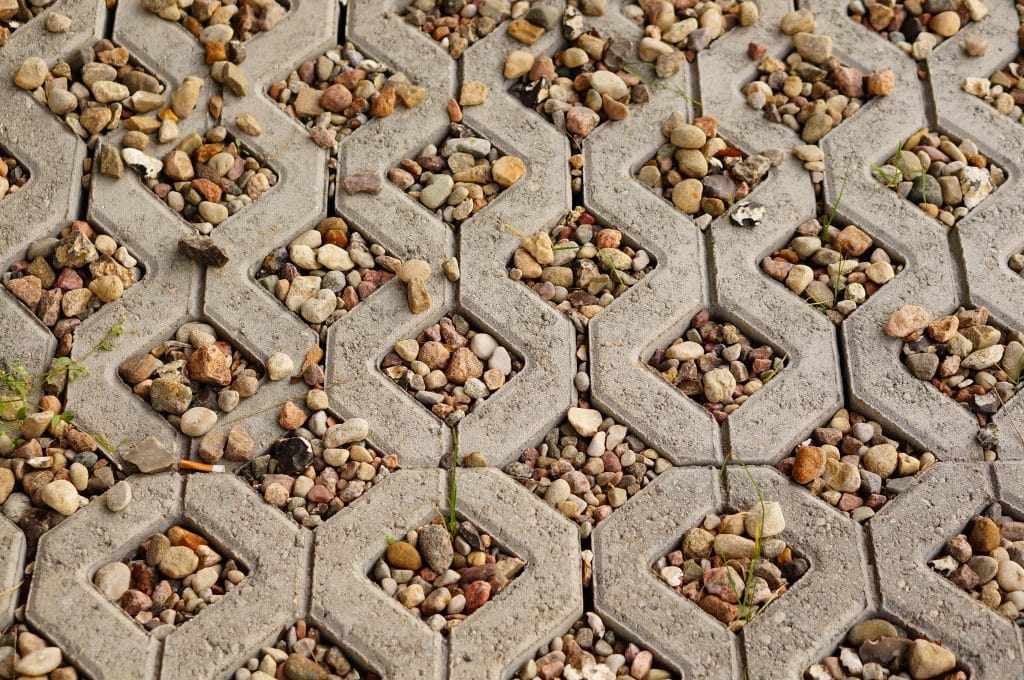
The EcoPro team recommends the following routine preventative maintenance of your concrete pavements in spring and autumn to ensure optimum performance, just like any other type of interlocking surface:
Remove surface debris
Spring sweeping is required to remove any remaining de-icing chemicals and winter sand. You can easily do it with a mechanical sweeping machine or a standard broom (depending on your property size).
In autumn, it is recommended to sweep the architectural concrete surface of accumulated dirt and leaves. This can be done effectively using a power washer or leaf blower, but be careful not to remove the joint sand.
Top up joint sand as required
Not all sediment and debris are bad for architectural concrete surfaces. For example, when they get into sand-filled joints, they settle at the top and help hold the sand in place.
In areas exposed to frequent driving winds, heavy rain, or excessive cleaning, there may be a loss of sand in the joints that needs to be replenished with dry masonry sand, which is more effective than polymeric sand in this case.
Apply sealers for easier stain removal
Sealers reduce the intrusion of water, stains, oils and dirt into the architectural concrete pavement. They are helpful around barbecues, rubbish bins, driveways and other areas prone to staining. Before applying sealer, clean the surface of any stains and dirt, and spread it evenly in a thin layer over the entire required surface.
Summer is the holiday season, and your architectural concrete feels the same. If you’ve already done your spring maintenance, there’s not much left to do. Just keep an eye out for small cracks or shifts, sweep regularly to avoid debris build-up, and enjoy a sleek surface in the sunshine. Low effort, high reward!
Winter maintenance
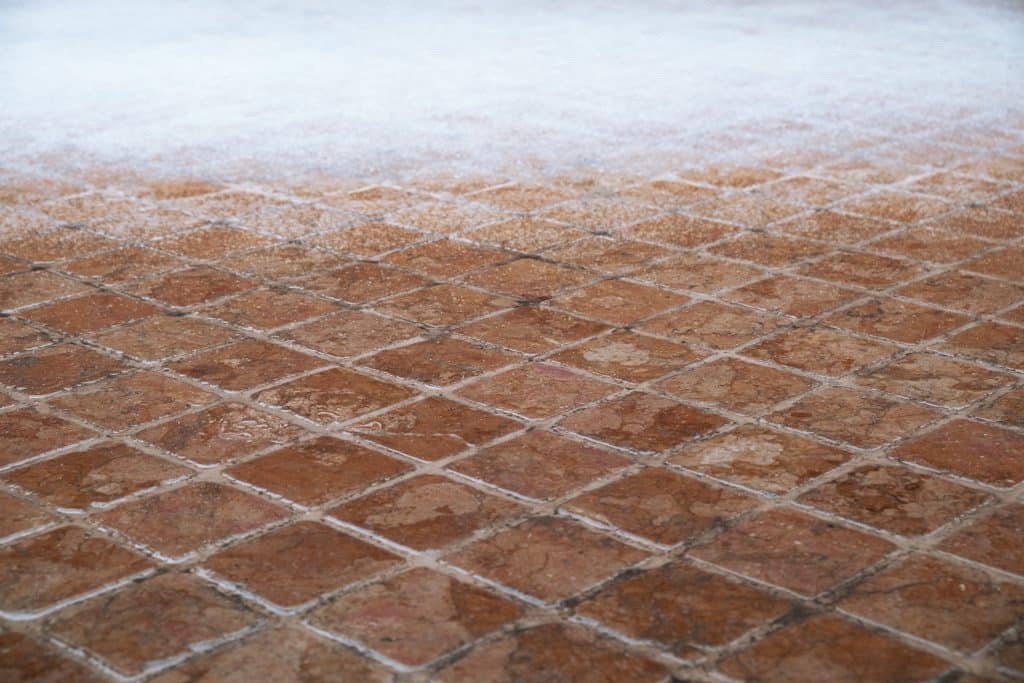
Winter maintenance for architectural concrete is a bit different — it’s all about protection. If you have sealed the critical surface areas over the autumn, it will help protect against freeze-thaw cycles. As soon as you see sub-zero temperatures on your thermometer and snow outside your window, take the following steps to maintain your architectural concrete:
Shovel snow regularly
You can use plastic shovels, snow blowers or snowplows for this purpose. Experience shows that it is easier to remove snow with shovels and snow blowers in a diagonal direction, away from the joints, to prevent the edge of the paver from getting caught.
Use a deicer
Deicer chemicals help prevent, reduce, or eliminate ice buildup that is often the cause of slips and falls. Paving stones made of architectural concrete are more resistant to de-icing damage due to their low absorption and high-density aggregates. In addition, the high cement content helps the paver resist collapse under the influence of expanding ice.
Conclusion
Expert opinion
Ethan Sinclair
Ethan Sinclair has been working in interlocking and landscaping for over 10 years. His goal is simple — help homeowners and businesses create outdoor spaces that looks good, stand strong, and make clients happy.
Architectural concrete is a versatile material with many benefits, including durability, longevity and aesthetic appeal. With proper maintenance and attention to detail, these surfaces will remain beautiful and functional for decades, keeping you and your family happy.
Architectural Concrete FAQ
-
Can architectural concrete be customized to match specific design requirements?
No doubt! Architectural concrete offers excellent opportunities for personalization. By tweaking the mix composition, adding pigments and selecting specific aggregates, you can achieve a wide range of textures, colours and finishes to bring your boldest ideas to life.
-
Are there any special considerations for repairing architectural concrete?
Yes, since architectural concrete comes in different types, you should pay special attention to its composition, colour and texture to make the repair as seamless as possible. This is best entrusted to a craftsman like the EcoPro team instead of DIY.
-
What is the expected lifespan of architectural concrete?
With proper design, installation, and maintenance, architectural concrete can have a lifespan exceeding 50 years. Regular cleaning, sealing, and prompt repair of any damage contribute to its longevity and sustained aesthetic appeal.


